Now Reading: Best Places to Visit in Peddapalli – Temples, Forts & Natural Attractions
-
01
Best Places to Visit in Peddapalli – Temples, Forts & Natural Attractions
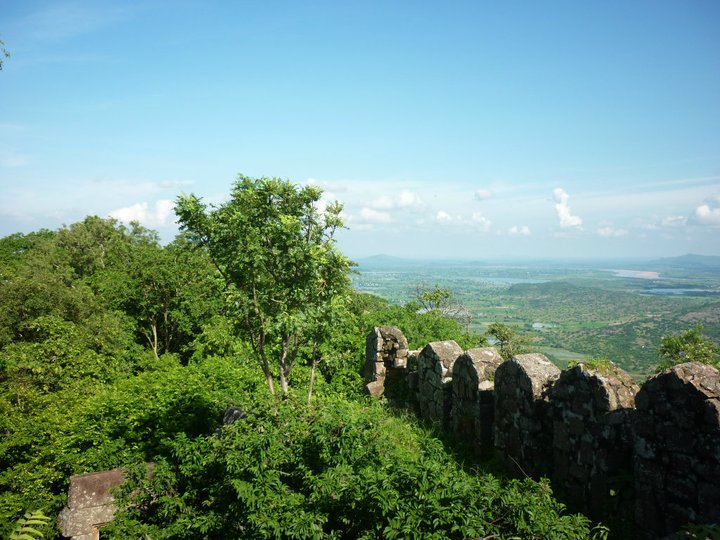
Best Places to Visit in Peddapalli – Temples, Forts & Natural Attractions
1. Sabitham Waterfalls

The number of people who come to the waterfall in Sabitham village of Peddapalli is stretching to hundreds in a day.
Hugely populated this monsoon season, but pleading to be noticed by the district authorities, the waterfall in Sabhitam village at Peddapalli mandal is tucked away in a thick forest and sits among hillocks.
This tiny village located approximately 4 around this small waterfall.
This station near 15 kilometres from the district headquarters, it is on the Peddapalli-Manthani road will attract many visitors during July to November when the rains lash region. The outflowing water of Gattusingaram hillocks becomes waterfall at Gauri Kundala as the local people name it.
2. Buddhist Stupa Dhulikatta
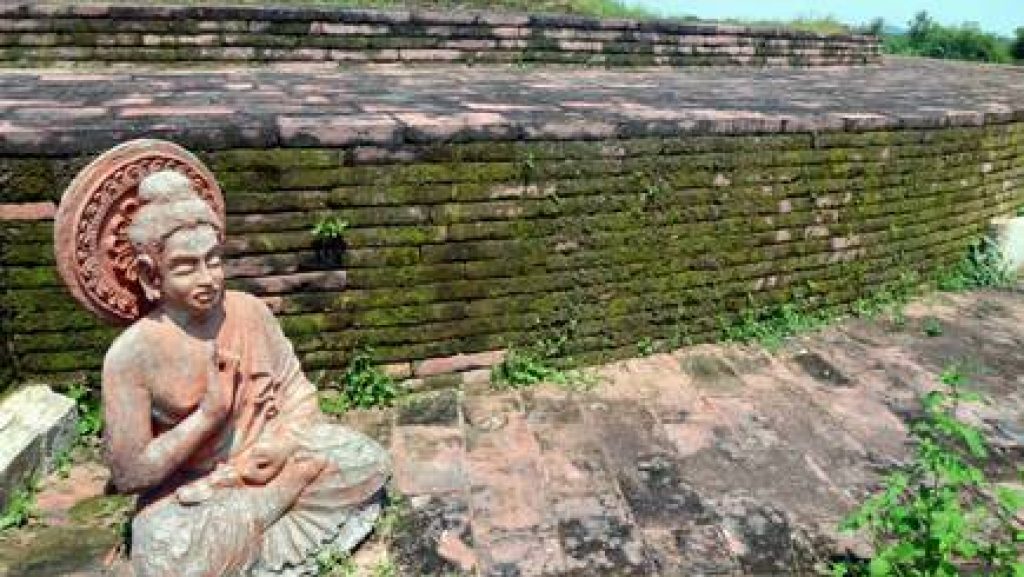
The Buddhist monastic complex at Vadkapur and Dhulikatta located villages on the right and left banks of Hussaini vagu are 30 krn from Karimnagar. Buddhist Stupa, fortification walls etc. were uncovered from the excavations. One of the labels inscribed in Brahmi over a slab in this Stupa is Palaeographically datable to 2nd century B.C. The Stupa was part of the Hinayana sect of Buddha in which representation of Buddha in anthropomorphic forms was forbidden. Here u can see Buddha in form of his symbols like his Chatra, Padukas, throne with Swastika, Pillar of fire etc.
The Stupa comprises lower pradakshana patha, circular drum with ayaka platforms on four cardinal direction; that is, east, west, north and south and a dome. These ayaka extend from the main drum. This Stupa was decorated during the initial period of the Satavahna by use of carved lime stone slabs and this ornamenting is similar to that of the dated A.D . 200 from the Barhut Stupa at the beginning of the Sunga period. From the lime stone slabs prominently Naga Muchilinda (a snake guarding the Buddha) is there.
3.Ramagir Fort
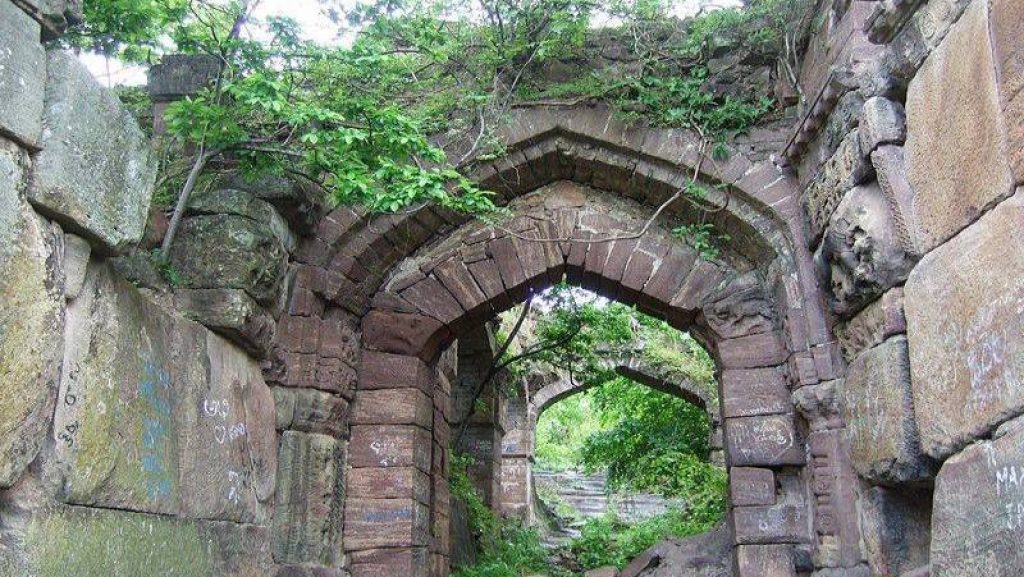
There is a fort on Ramagiri hillocks near Begumpet village on the PWD road to Manthani close to the Kamanpur mandal. This famous fort constructed of stone, having few bastions, is spread over a massive area of several km. Ramagiri hill which has an extensive land area is identified by beautiful natural environment with rare plants and various kinds of medicinal roots. The fort was of great importance during the early as well as the Asafjahis’ period.
The fort was being ruled by Gundaraja of Manthani and Edaraja of Ramagundam. They were defeated by Kakati Prola II, and the rest of the area of Polavasa, Manthani and Ramagundam came under the Kakatiyas. Musunuri Kapayanayaka occupied Orugallu and made Muppabhupala the ruler of Sabbinadu with his capital at Ramagiri when Kakatiyas fell 14th Century A.D. The Bahamani Sultan Ahmed Shah I (1422-1436 A.D.) invaded Telangana region in 4433 A.D. and conquered the Ramagiri fort. After the Qutb Shahis of the Golconda dynasty government the fort was under Mughals and finally Asaf Jahis and their Deshmukhs.
Related articles : Best Places to Visit in Nizamabad – Temples, Forts & Natural Attractions












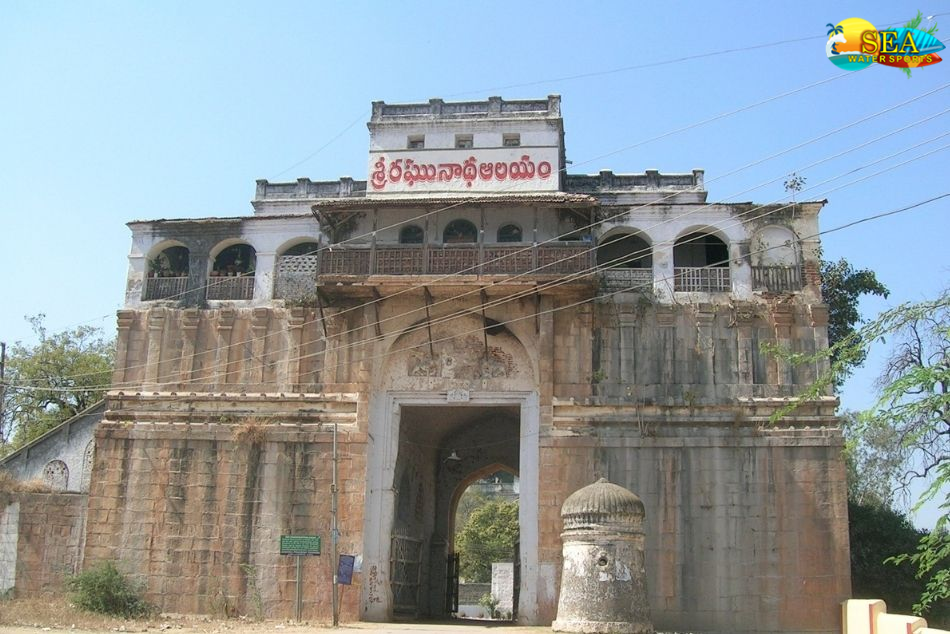
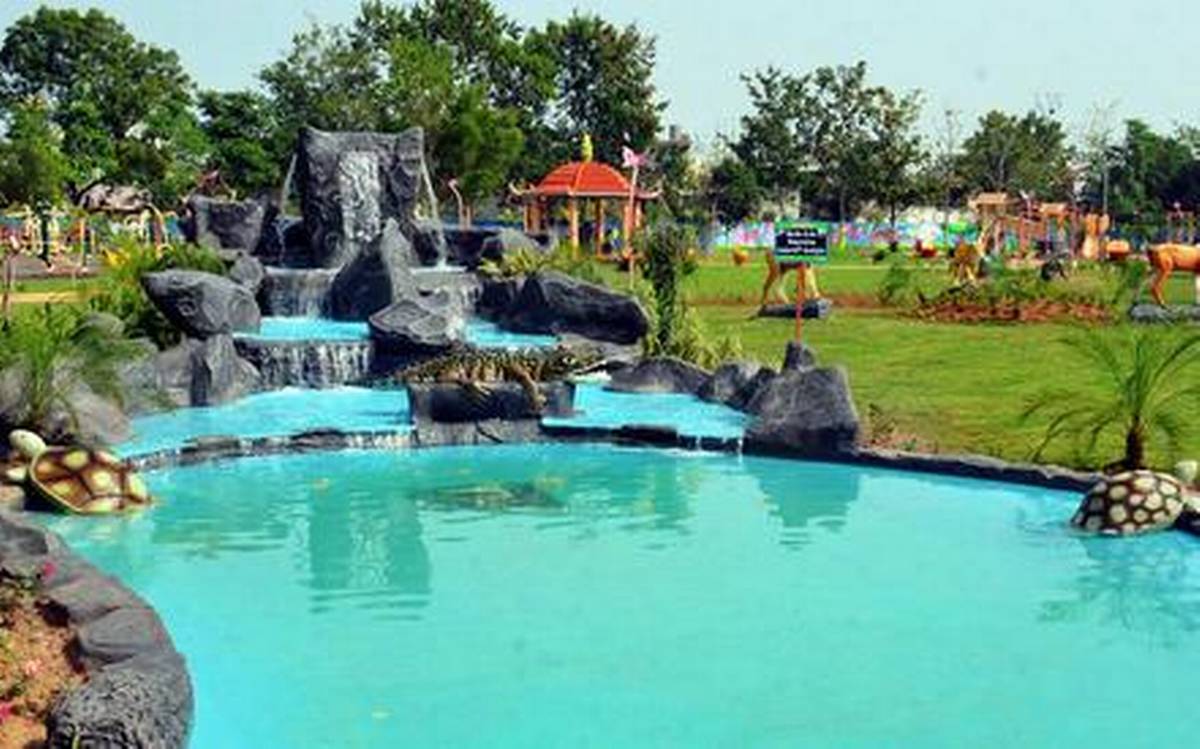
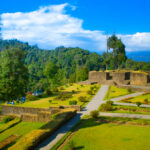
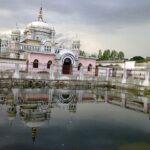
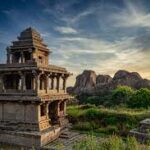
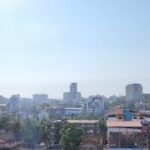
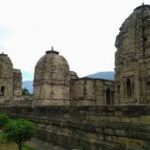

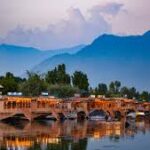
Pingback: Best Places to Visit in Rajanna Sircilla – Explore Temples, Reservoirs & Scenic Spots